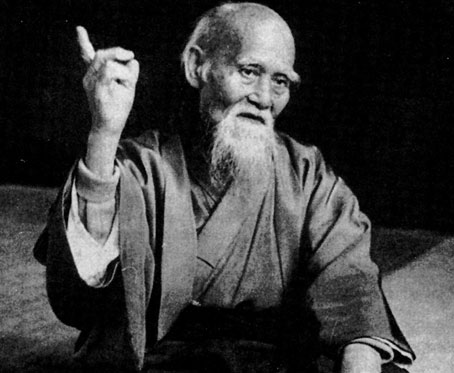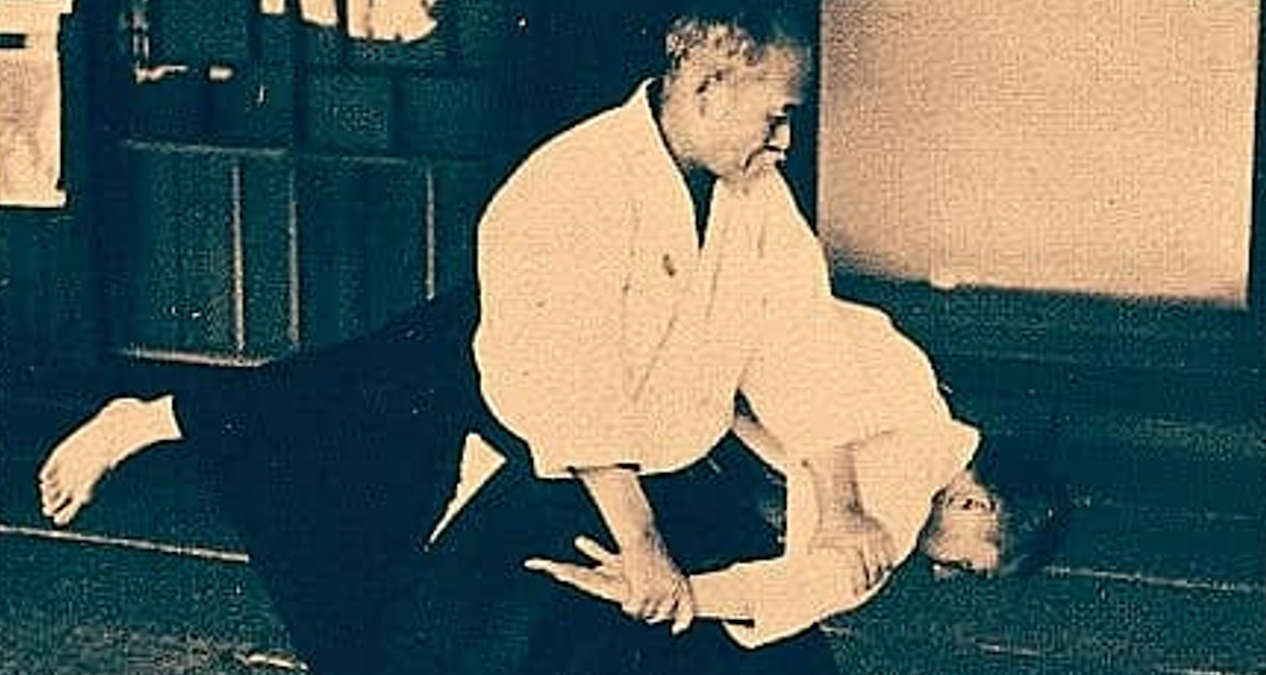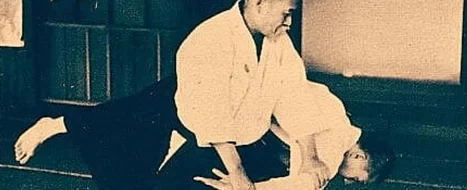Introduction
This is the first installment in a five post series discussing the role of “mindset” in serious Budo training. Although some try to wrap the practice of traditional martial arts in mysticism and other odd trappings, these concepts are far from being mysterious. Budo is meant to be developed through practice and then carried out of the dojo into your daily life. There’s nothing mystical (or religious) about these concepts. They represent aspects of mindfulness. Spiritual development is nothing more than internal self-development. The overarching goal is to develop better human beings. The first concept we look at is “Shoshin”, or “Beginner’s Mind”.
Our dojo doesn’t spend a lot of time talking about the philosophical foundations of Budo. We study Budo through the practice of Aikido. Our dojo, and the style of Aikido we practice (Iwama-Ryu Aikido), tends to believe that Aikido, including it’s philosophical foundation, is best learned through the practice of Aikido as an effective martial art. We don’t spend a lot of time in academic discussion about either Aikido or greater concepts related to Budo. These things are best left for discussion over beer after practice (or in a blog post). We don’t believe that things like the number of pleats in someone’s hakama, for example, have any relevance whatsoever to the study of Aikido. We do believe that Aikido, and Budo, are rewarding practices that improve lives.
The first concept we’ll talk about is “Shoshin”. These concepts are presented without regard for order. They should all be developed in parallel as you continue forward in your studies. All of these concepts are equally important, and some are more difficult to develop than others. They all take a lifetime of hard work to develop.
What is Shoshin?
Shoshin (初心), or “Beginners Mind”, refers to a state of awareness that is sometimes described as being an “empty cup”. Shoshin describes the practice of both actively developing openness and seeking to eliminate pre-conceptions from your studies. Students should work to see technique as a beginner would without superimposing the concepts that they believe they understand. Cultivate the same eagerness to learn that a beginner has when they first start learning something.
Shoshin is about learning to “shut up and listen” actively with all of your senses. This requires the student to sincerely set their ego aside, including their desire to project a perception of knowing something, and become a beginner. Quiet your mind when your teacher is demonstrating technique, and try to duplicate what is being taught.

“Don’t Expect Me to Teach You. You Must Steal the Techniques for Yourself!”
— Morihei Ueshiba O-Sensei, Aikido Founder
Morihei Ueshiba O-Sensei, founder of Aikido reminded students, on occasion, “Don’t expect me to teach you. You must steal the techniques for yourselves.” O-Sensei reminds us here that before learning, people often have to “learn to learn”. The process of learning is an acquired still. We aren’t born with it. This is especially true for any form of learning that requires physical expression.
The practice of Shoshin isn’t just an internal practice. Reishi, or etiquette, in the dojo can be a reflection of Shoshin. If you’re a student, and you find yourself frequently giving instruction to others on the mat, then there’s a pretty good chance you’ve drifted away from practicing Shoshin. When there is a safety concern, this is notable exception. Feedback on technique, when requested, is always welcome. A student that provides unsolicited feedback to someone senior to them is often considered extremely rude. I watched a newly minted Shodan, at local seminar, a few months back, spend an entire day correcting everyone he practiced with. He’d often stop his partner’s technique to “teach”. I watched quite a few Yudansha having to exercise patience with him, throughout the seminar. I was one of them. Please pay attention to this point, regardless of where you study.
Practicing/Applying Shoshin
The first step in practicing “Beginner’s Mind” is to set your ego aside. When you walk through the dojo door, put on your “beginner’s hat”. Stop for a moment, at the threshold, and bow toward the shomen. When you bow in, remind yourself that you’re a beginner. When you bow to your partner, remind yourself that you’re a beginner.
The second step is to stop talking on the mat. Stop teaching. When your teacher issues a correction, don’t stop to give a lengthy explanation about why you weren’t doing something correctly. Your teacher probably knows why you needed correction. It’s usually because you simply don’t know the right way. It is unreasonable to expect a beginner to know anything the first time they step on the mat. On the other hand, if you’ve heard the same correction fifty times, that’s OK too. Your teacher also knows that sometimes it takes repetition for a specific teaching point to sink it. Learning requires a student that’s ready for the lesson. Sometimes that happens on the 45th correction. Most Aikido teachers remember when they made the exact same mistakes. It doesn’t matter what rank you hold, there’s always something new to learn.
Without beginner’s mind, a lesson may pass you by, and you may never get a second opportunity to learn something very useful. It’s also OK to learn things that you later decide to discard because they aren’t effective, or even viable. Become a sponge. If you need to squeeze something out of the sponge, then do so selectively. Shoshin also helps you remain in touch with the wonder and fascination of being a beginner. When you learn to recognize new things easily, learning becomes a joy, rather than burden.
End Notes
Shoshin is a mindset that takes constant work, throughout your Aikido career, to cultivate. Diligent attention to both development and maintenance of “beginner’s mind” will accelerate the process of sincerely learning Aikido “in your body”. I teach regularly, and there are days when I feel like I’ve only scratched the surface of this art. I also find myself pleasantly surprised when I discover something new watching someone else practice Aikido. A beginner’s mindset, helps you notice the small, and seemingly insignificant things that you might otherwise miss. It’s well worth noting that “beginners mind” is something that you can carry into every other aspect of your life. This is true of all of the concepts that in the next four posts.
The next concept we’ll explore is “Zanshin” or “Remaining Mind”. This is an important concept that, like Shoshin, requires constant attention, both on and off the mat.


